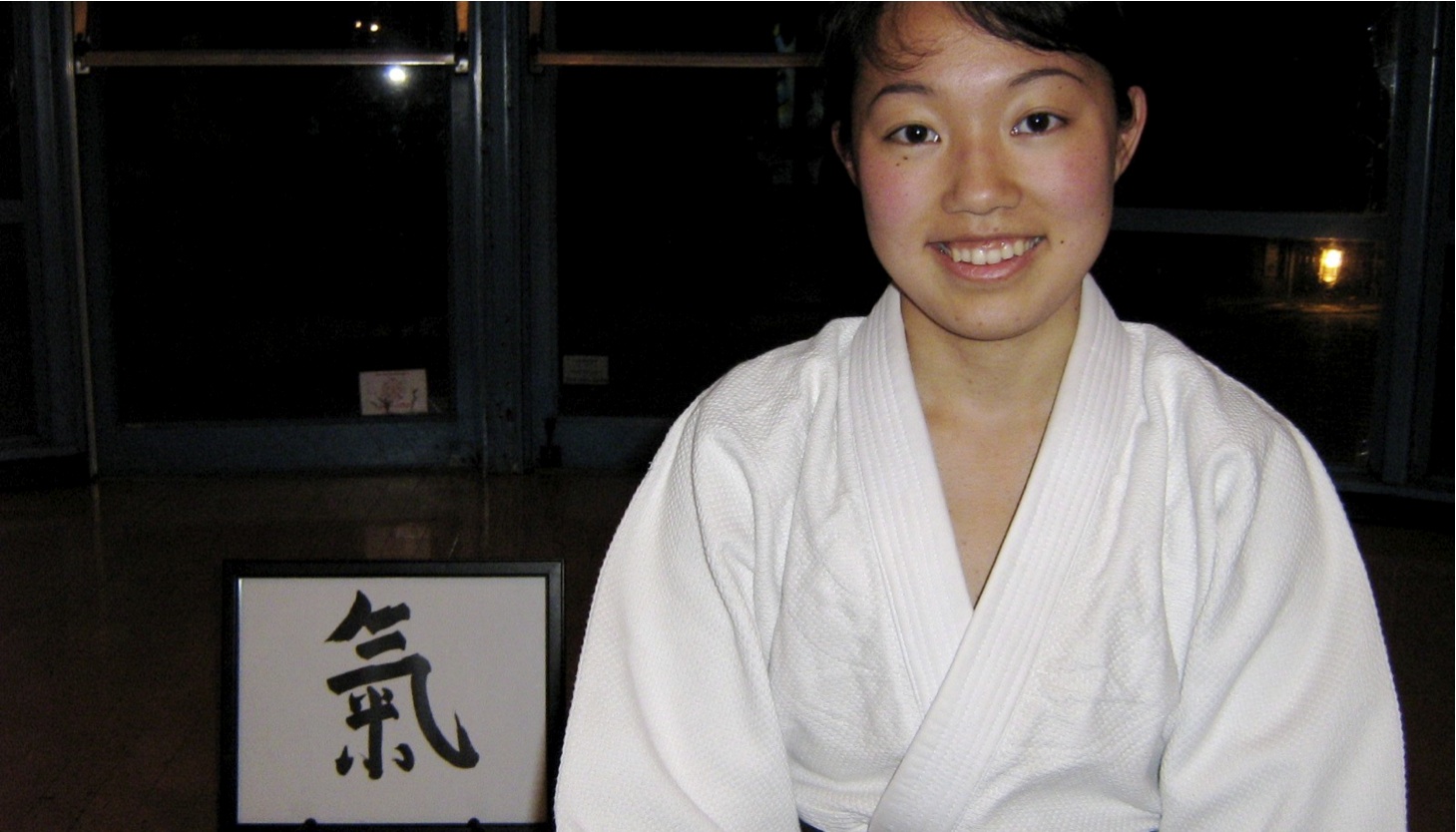“The Art Of Peace:” A Student’s Perspective
I have been practicing Ki Aikido since February 2006. I took a trial lesson out of pure curiosity without any prior experience or knowledge, and completely got hooked on it from that day on. I have learned a lot more than what I initially imagined as self-defense and exercise.
Ki Aikido focuses on daily life. We learn to be relaxed and calm when attacked. Attacks here do not necessarily mean physical attacks. Honestly, how many times a week do you get attacked physically? It is about being able to deal with furious customers without getting emotional. It’s about being able to handle a stressful workload with a calm and relaxed mind–not letting anybody push you around, while remaining polite and pleasant.
The other day, a lady started attacking me verbally due to a small miscommunication at a cafe. I would have gotten offended if this happened a few years ago. Instead, I stood there as if her anger was a breeze passing by me and, when she was done, I gave the energy back to her with a big smile. She did not know what to do.
We also learn about Ki–the universal energy–and how to use it.
I use Ki when carrying heavy boxes or pushing a wheelchair up a steep hill. When I point out something, I extend my Ki to it and people follow it better. More and more I am able to notice when somebody is coming around the corner before bumping into them or when a car is about to cut me off without signaling.
Aikido is called the Art Of Peace. It guides you to create peace within and around you in daily life. Even though the techniques are very powerful and dangerous if used without proper guidance, you will notice much laughter and smiles during lessons. We practice in a fun harmonious environment. Peace does not originate from fear or aggression.
Come by and see for yourself. You’ll see what I mean.
By Aiko Uda, former student.
Tokyo, Japan.
‘Senshin’–Dedicated To The Highest Budo Principle:
The first Kanji symbol signifies: before, ahead, previous, future, precedence.
The second Kanji signifies heart, mind, soul, or essence.
Combined, these Kanji form a word that is defined as “purified spirit” or “enlightened attitude.” Budo, or the Way Of The Warrior, reflects the honour and code of the Samurai to perfect oneself in all ways of life. True warriorship is not exemplified by displays of violence or domination. Though in battle, ‘one lives, one dies,’ the greater aim is eradicate the need for battle and competition altogether. The warrior dedicates their mind, spirit and being to awakened heart, and to exemplifying and leading the way to enlightened society.
In the context of the Japanese martial arts, Senshin conveys the highest principle of the five principles of Budo–to cultivate a spirit of compassion, enlightened ‘buddha mind,’ to love and protect all living things. This spirit reflects the deepest teaching of O Sensei, the founder of Aikido, Morehei Ueshiba: to unite all of humanity as one family, and to dissolve all aggression and discord through spiritual practice.

